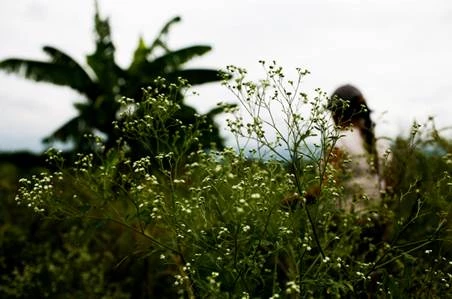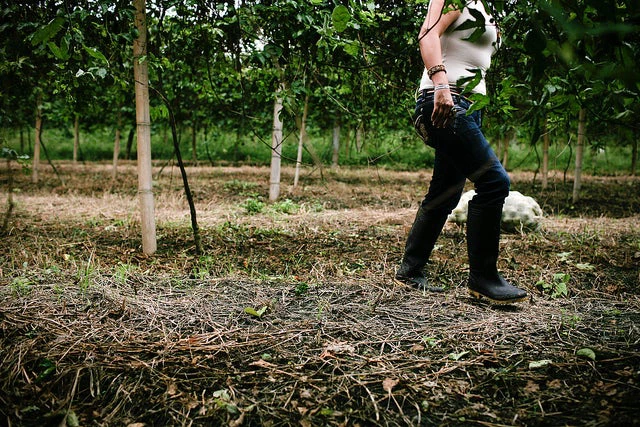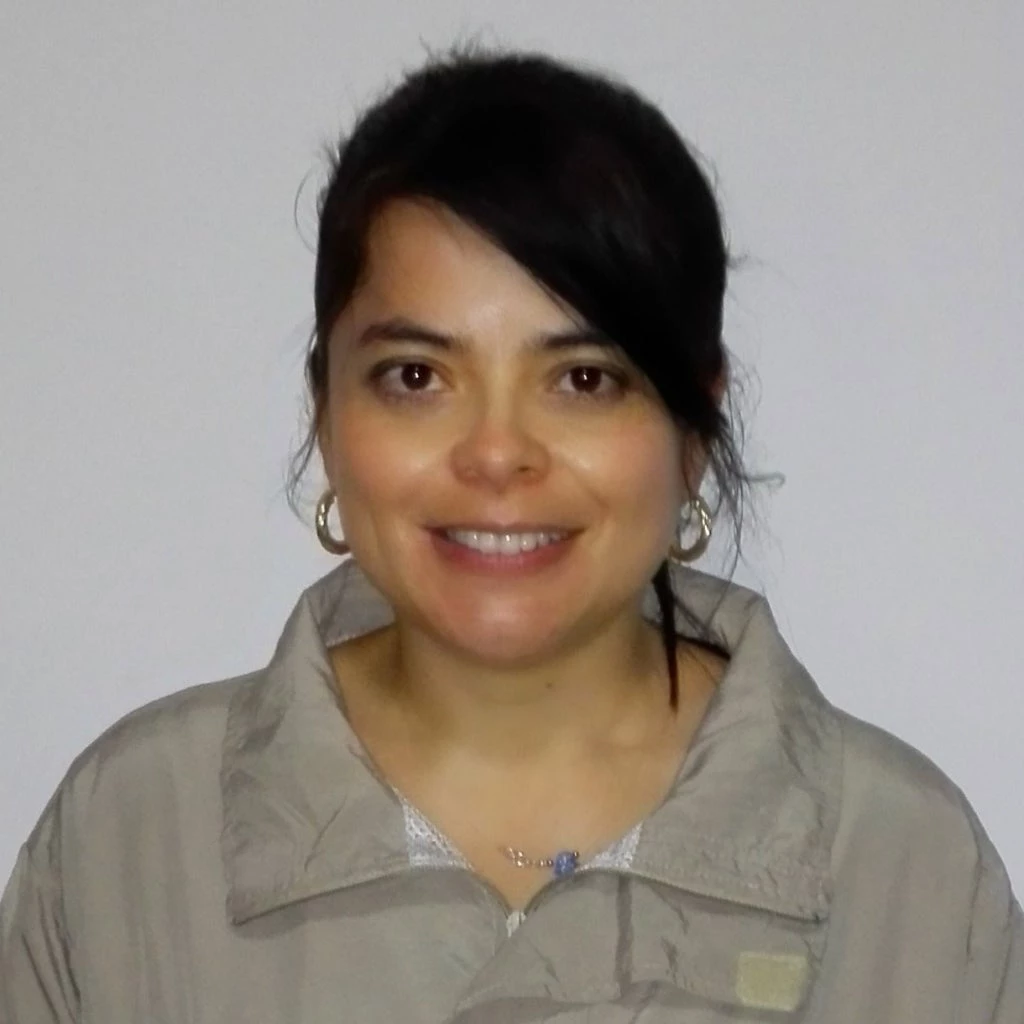
I will never forget the day in 2003 as I stood in Cajamarca, a beautiful city nestled within the Andes Mountains of Colombia, looking at the tired faces of families who had been forcibly displaced from their land by conflict. What previously I had only seen from figures and tables, was now presented before me in all its human form.
At that time, there was an assassination of a community leader who resisted selling his land, and all around Cajamarca, Illegal armed groups were forcibly displacing entire rural areas. As a civil servant for the municipality of Cajamarca responsible for land issues, I fully realized the importance of the work that lay before me and committed myself to help displaced families return to their land.
You see, for the past five decades Colombia has been going through an internal conflict which has drastically impacted life in the rural areas, producing a massive displacement of around six million people. Lack of land tenure security and limited records of land ownership in the rural areas, especially of those impacted by conflict, affects around 60 percent of all land property.

The conflict in Colombia has distorted the lives of so many people who have been forced from their land by violence and disrupted the economic flow within the country, discouraging many types of investments. The dimension of this forced displacement is one of the most serious humanitarian and social problems in Colombia, so serious in fact that the country’s Constitutional Court declared forced displacement a social emergency and a national tragedy. In our case, warring factions used forced displacement against the population as their strategy to achieve territorial gains. This strategy was especially effective against small landowners with limited protection, making them easy targets for threats by illegal, armed groups.
It was clearly that one of my first steps, once fighting had subsided, should be to simply try and understand whose land belonged to whom and to start laying the foundations for a sound land restitution process. To do this, my team at the municipality started the ‘ Protection of Patrimonial Assets of Internally Displaced People Project’, which received support from the World Bank-managed State and Peacebuilding Fund.
The project was designed and implemented with a participatory and inclusive approach, helping to form strong alliances among national and local authorities plus affected communities in a manner that reflected the ethnic and cultural diversity of the country. However, one big obstacle was the lack of, and outdated cadastral and public registry records but this turned into a positive as it forced my team to create innovative ways to gather land tenure data.
One such innovation was the development of a social mapping technique which showed resettlement locations per municipality. Using official cartography or aerial imagery, neighbors were able to identify their property locations. This approach allowed those affected to exercise social control over the legitimacy of land claims since no one person could single-handedly claim a right to a particular parcel of land.
Since the project was implemented by the municipality, we were able to influence public land restitution policies. The methodologies and procedures developed by the project were incorporated into a Decree of the National Plan for the Assistance to the Displaced Population, which made mandatory the application of new land protective measures.
Eight years after starting the project, the Victims and Land Restitution Law was enacted in 2011, a goal that seemed unattainable in the early years of the project. Put into numbers, this means that within the 300 municipalities covered by the project, more than 173,000 people’s rights were protected covering approximately 4.7 million hectares of land.
Restitution requires a legally sound and effective process plus, communities should receive help in using the returned land productively. These are just some lessons among many we have learned from the project. Other key lessons include the importance of constant communication between politicians and communities to build a consensus and the establishment of sound legal processes which take into consideration the most vulnerable populations.
Finally, we as development practitioners should be aware that innovative and more effective approaches can always be identified but public policies, programs and measures are only effective if they actually improve people´s lives. We should keep this in mind, every time.


Join the Conversation